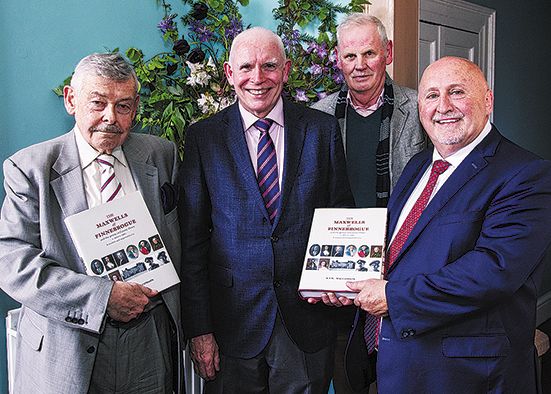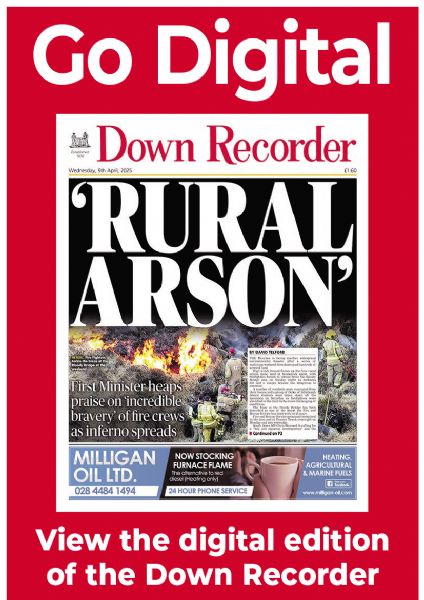New book sheds light on 350 years of family history
New book sheds light on 350 years of family history
31 May 2023

A FASCINATING new book charting the history of a prominent Co Down family has just been published.
The Maxwells of Finnebrogue is the story of a landowning family who lived on the outskirts of Downpatrick and played an important role in the local community and the county as a whole for over 350 years.
It’s also the story of the gentry of Co Down — an elite who had a paternalistic outlook on life and took their responsibilities seriously.
Published by the Ulster Historical Foundation and written by Dr Anthony Malcomson, an acknowledged authority on 18th and 19th century Irish landowners, the book was launched recently at the Down Hunt Rooms in Downpatrick.
A theme running through the book is the sense of pride the gentry had in the county. They believed Co Down was superior to any other county in Ireland and they were good landlords who looked after their tenants and workers.
The story of the Maxwell family begins in the early 1600s with the Rev Henry Maxwell, who built Finnebrogue House, and finishes in 1996 when the family’s connection with the house and the Finnebrogue estate ended.
Over the years members of the family served their community and country in various ways, both in peacetime and wartime, and provided employment for many generations of the same families.
What the Maxwells did was mirrored by other local landowning families, such as the Downshires of Hillsborough, the Londonderrys of Mount Stewart, the Annesleys of Castlewellan, the Wards of Castleward, the Fordes of Seaforde, the Rowan-Hamiltons of Killyleagh, the Nugents of Portaferry and many more.
Dr Malcomson writes: “Down was one of the wealthiest and most widely prosperous counties in Ireland and its gentry missed few opportunities of extolling the excellences of their native county.
“In the architectural and intellectual spheres, the Down gentry made a conscious effort to excel. Between the 1710s and 1850s the combined efforts of the Co Down grand jury, the local gentry in their private capacities, successive bishops and their clergy and the successive ground landlords of Downpatrick, transformed it from a semi-ruin into an outstanding county town, its streetscape crowned by an expensively restored cathedral.
He adds: “In other respects, too, the Down gentry made every effort to ensure that the Co Down version of country-wide initiatives and institutions outdid those of the rest of Ireland.
“In these and other initiatives the Maxwells played their part and sometimes were the moving spirits. Essentially, however, such activity, some of it consciously advertising the ‘specialness’ of the county, was part of the ethos of gentry life in Down.”


